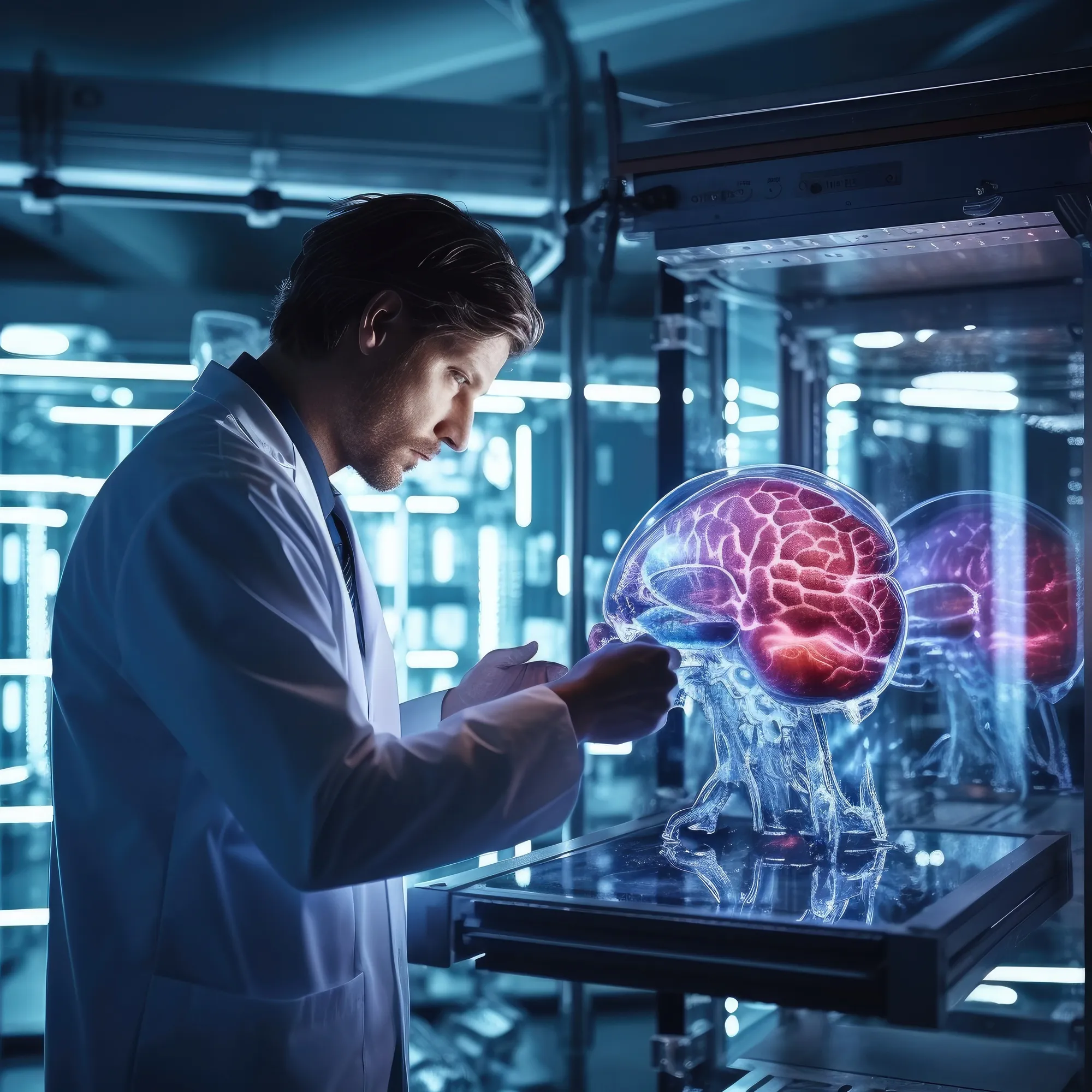In a significant scientific breakthrough, researchers from Radboud University Medical Centre have unveiled new findings that deepen our understanding of posttraumatic stress disorder (PTSD) – a condition that continues to affect countless individuals long after traumatic events have passed. Publish date: January 12, 2024, in the Neuroscience journal, the study with DOI: 10.1016/j.neuroscience.2024.01.007 evaluated the differential processing of traumatic memories in the hippocampus, drawing closer to unraveling the enigma of PTSD susceptibility. This pioneering research, supported by the power of transgenic mice models, not only progresses the geodesy of neuroscientific discovery but also paves the way for more effective interventions for those at the mercy of traumatic stress.
Keywords
1. PTSD
2. Hippocampus
3. Trauma
4. Memory Processing
5. Neuroscience
Addressing the Complexities of PTSD Development
PTSD is a complex and often debilitating disorder that can develop following a person’s exposure to one or multiple traumatic events. Despite the ubiquity of trauma exposure across the population, only a subset of individuals develop PTSD, leading scientists to ponder what factors contribute to this selective vulnerability.
The team led by Marloes J.A.G. Henckens at Radboud University sought to understand why only some people are prone to PTSD after trauma exposure. The study suggests that the nuances of how memories of trauma are processed in the brain may hold the key.
The Role of the Hippocampus in Memory Processing
At the core of their inquiry was the hippocampus, a pivotal structure in the brain responsible for encoding, storing, and retrieving memories. The hippocampus’s function in contextualizing memories is crucial to how individuals process and cope with traumatic events. Past research has suggested that disrupted trauma memory processing might be a core factor in PTSD symptoms, which can include flashbacks, severe anxiety, and uncontrollable thoughts about the event.
Investigating Memory Engrams in PTSD-Like Symptomatology
The researchers utilized Targeted-Recombination-in-Active-Populations (TRAP) mice, a sophisticated model for neuroscientific research, to trace the activation patterns within the hippocampus during and after the induction of trauma.
Through a stress-enhanced fear learning paradigm, mice were first exposed to a stressor, then subjected to a fearful event (contextual fear conditioning via foot shocks). Neuronal activity during this event was labeled, allowing the researchers to track the imprints – or memory engrams – that the stressor left behind.
After a period, characteristics of potential PTSD-like symptomatology were identified in the mice through behavioral phenotyping, effectively categorizing them as resilient or susceptible to PTSD.
Findings and Future Directions
When re-exposed to the conditioning context to trigger the recall of remote fear memories, a striking distinction emerged. The susceptible mice displayed a smaller neuronal ensemble in the ventral CA1 region of the hippocampus upon memory recall when compared to their resilient counterparts. Surprisingly, no noticeable difference was identified during the acquisition of the fear memory between the groups, suggesting that the key differences in processing the traumatic events emerge later during memory recall.
Such a distinction suggests that resilience to PTSD may hinge on the capacity of hippocampal memory engrams to reactivate effectively during recall, offering a potential avenue for the development of therapeutic strategies.
The study’s authors, including Dirven Bart C.J., van Melis Lennart, Daneva Teya, Dillen Lieke, Homberg Judith R., Kozicz Tamas, and Henckens Marloes J.A.G., provide the scientific community with a significant step forward in understanding and managing PTSD.
The implications of their work in the therapeutic landscape cannot be understated. As researchers strive to turn these insights into clinical outcomes, hope kindles for those dispositioned to PTSD that more personalized and effective therapies might soon be within reach. This breakthrough underscores the critical need for continued research funding and exploration in the field of neuroscience.
